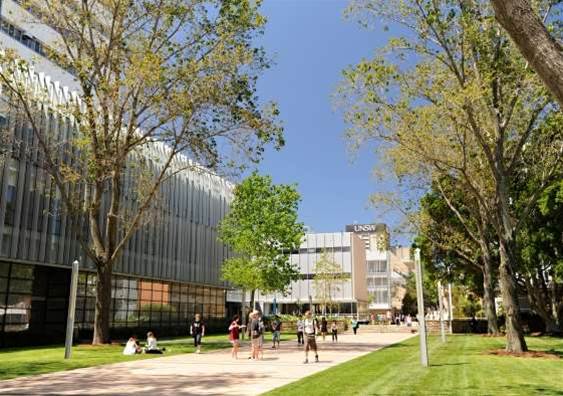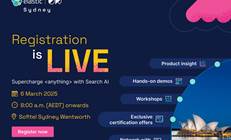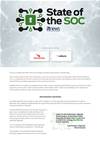UNSW plans to deploy a network of sensors across its main Kensington campus to help manage campus operations and enable new modes of learning.

Dean of Engineering Mark Hoffman said the university’s main Sydney campus was effectively “a mini city” – hosting most of its approximately 50,000 students and 12,000 staff – and was therefore a good candidate for a testbed of smart city and internet of things infrastructure.
UNSW will partner with Cisco, Data 61 and others to realise its “smart city” vision.
All three are involved in Innovation Central Sydney, a Cisco-led IoT lab based at the ATP Innovations incubator launched today. UNSW will host a “hub” for the main lab on its Kensington campus that focuses specifically on the intersection of cyber security and IoT.
But Hoffman hopes UNSW will bring more than research to the project, and become a testbed for IoT and smart city technology in its own right.
Though planning is still in its infancy, it is expected that UNSW will take advantage of its extensive campus wi-fi network, which uses Cisco access points, and deploy some additional sensor infrastructure.
Several early use cases have emerged.
“Transport, for example, is a really big issue – knowing when our students are moving and when they want to take transport off campus and around campus is really important,” Hoffman said.
“We need to sense that.”
He also said the university was keen to test more “student-centric” and less structured modes of learning on campus.
“The delivery of education is changing quite dramatically,” Hoffman said.
“Our vision is to get the students out of the lecture theatres and learning in groups themselves.
“Currently when students are learning a particular subject they turn up to a lecture theatre at 11am and sit there for two hours. It’s all very structured.
“But once we start relaxing that and allowing students to go where they want to go, managing that becomes a lot more significant. That’s where we need the sensing.”
Hoffman said sensors could allow UNSW to manage energy consumption in buildings and make sure workshops were equipped with the consumables and connectivity to meet student needs and make the learning experience “seamless”.
This may involve installing sensors on the doorways of workshop spaces to keep track of how many people enter and exit the space.
“That’s a possibility,” Hoffman said, adding that detailed planning for how IoT would be infused into the Kensington campus was yet to take place.






_page-0001.jpg&w=100&c=1&s=0)


.png&w=120&c=1&s=0) Security Exhibition & Conference 2025
Security Exhibition & Conference 2025
 Integrate Expo 2025
Integrate Expo 2025
 Digital Leadership Day Queensland
Digital Leadership Day Queensland
 Government Innovation Showcase Queensland
Government Innovation Showcase Queensland
 Government Cyber Security Showcase Queensland
Government Cyber Security Showcase Queensland











.jpg&h=140&w=231&c=1&s=0)



